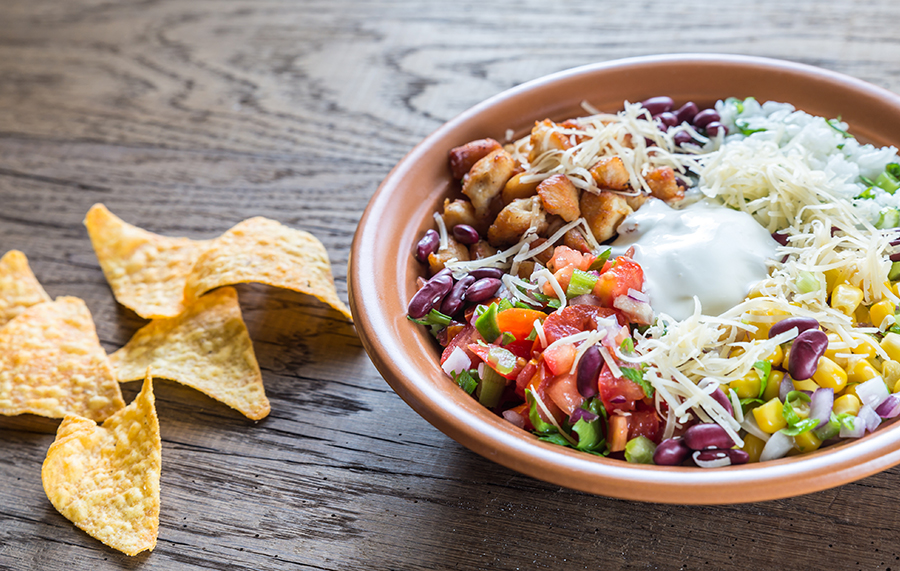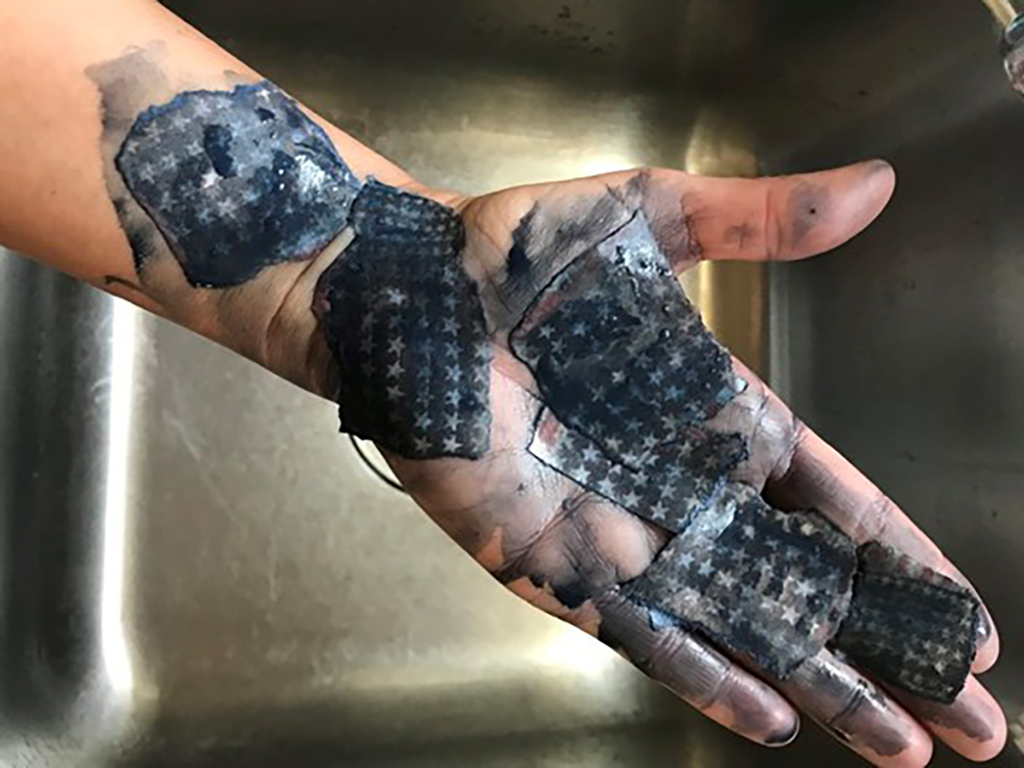
Burrito ingredients, stock image.
Cognitive Walkthrough For Chipotle
When performing a cognitive walkthrough of a website, it is important to use a website where the complex interaction is not frequent, such that you can evaluate the system based off its learnability for new users. (Flaherty, 2022) In this assignment, I chose to use Chipotle.com, since I am performing the walkthrough, but also a new user to the website, as I often frequent their stores to order in-person but have never ordered through their website. The main purpose of this evaluation is to provide a low-cost, fast, and effective method to try to uncover problems that may occur by trying to successfully achieve main site tasks, without any formal coaching on how to do so. (Talks: Heuristic Evaluation and Cognitive Walkthrough, n.d.)
When looking at Chipotle.com, three main goals stand out: to allow customers to order customizable orders online, to allow customers to make accounts and collect rewards points on their orders, and to provide an easy way for new and existing customers to view their menu line in its entirety (as well as each item’s nutritional content.) For this cognitive walkthrough, I attempted to order my favorite item on the menu, a chicken burrito bowl, and assess how learnable the task of customizing this menu item might be for order placement. Since Chipotle branding offers so many customizable ways to alter their dishes in the restaurant, this seemed like a complex task that a customer would need to be able to perform, to be able to use the website effectively. It should feel almost as intuitive as ordering in-person, through the branded cafeteria line the chain is known for in their restaurants. This website-specific task would be new for me, although I am a current, in-person customer, but it could easily be a new task for a completely new customer to the brand.
Since Chipotle.com is a well-established brand, whose app and online website presence have been operational for years, it is in the mature stage in the product development process. Products in this stage require regular adjustments to the design to stay current and not become under-utilized, possibly moving it into the Decline Stage of product development. (What Is Product Management?, 2024) Recommendations for any cognitive setbacks could be extremely beneficial at this stage, to encourage patrons to keep using the brand, and possibly become regular users to its online presence. Sharing these walkthrough recommendations with the stakeholders of Chipotle would greatly help them understand user thinking for the ordering process online.
When performing the cognitive walkthrough as a first-time online patron ordering a customizable burrito bowl, a couple recommendations stood out for the brand. First, when arriving on the homepage, it is clear there are multiple areas you can click to place an order. Sometimes, this can lead to confusion. Selecting the burrito bowl image under the moving hero slider sends you to the same next step as clicking the CTA hero button labeled “Order Now.” The next step is to select your location. In my smaller city, we do not have third-party or delivery options available, only “Pick-Up Here.” First, I must choose the location to select “Pick-Up Here.” I feel this step could be easier to understand in a couple ways. My closest three locations are all nicknamed “Chipotlane,” and are confusing as they are not the same address/location. In later steps of the ordering process, this confusion is emphasized as double-checking the location for pick-up results in having to reselect the location from the national map level. The location selector tool should be evaluated further for ease of use and the labeling of the locations should be unique for each location.
My second recommendation is to customize the selected menu item. In-person, you can ask for your bowl in a myriad of ways—it feels almost endless. I am not a huge meat eater, so they often allow me to select extra beans and a combination of both kinds. Through the site, selecting “1/2” options of two items maxes out your selection, which is very different than ordering in-person. The site does not explain this in any way, so you could be halfway through a large order and have trouble customizing the final selection.
My final recommendation is to clearly label costs accumulating throughout the process. When customizing a menu item, there is no live updated total to be seen for the item. In the same cognitive process, items should be easily itemized for each menu item on the cart screen. While the current shopping cart features separately itemizes extra menu items that may or may not have additional cost, it does not spell this out for the individual customized products. For example, “1/2 black beans ½ pinto beans” may be listed as no charge; however, it is only separated by a comma, in small print and paragraph form, along with options that may add additional cost (i.e., Guacamole +$2.95.) The pricing of customization of an order does not feel transparent. Since this was not easily understood through the ordering process, I could see some patrons having issues and abandoning their carts altogether, which would be detrimental to the brand.
References
Flaherty, K. (2022, February 13). Evaluate Interface Learnability with Cognitive Walkthroughs. Nielsen Norman Group. https://www.nngroup.com/articles/cognitive-walkthroughs/
Talks: Heuristic Evaluation & Cognitive Walkthrough: Spring 2025 USER EXPERIENCE EVALUATION FUNDAMENTALS (UX-60541-001). (n.d.). https://kent.instructure.com/courses/104974/pages/talks-heuristic-evaluation-and-cognitive-walkthrough?module_item_id=4804089
What is Product Management? (2024, November 26). The Interaction Design Foundation. https://www.interaction-design.org/literature/topics/product-management#product-management-faqs
PLEASE FOLLOW ME as I embark on a quest to enjoy, learn from, and raise my little bamBEANos, in the best way this Mama Chickpea can. Art is my "balance" to life and I enjoy all the DIY therapy I can handle!
Artwork © copyright Shelly Arroyo, A.k.a. Mama Chickpea.






